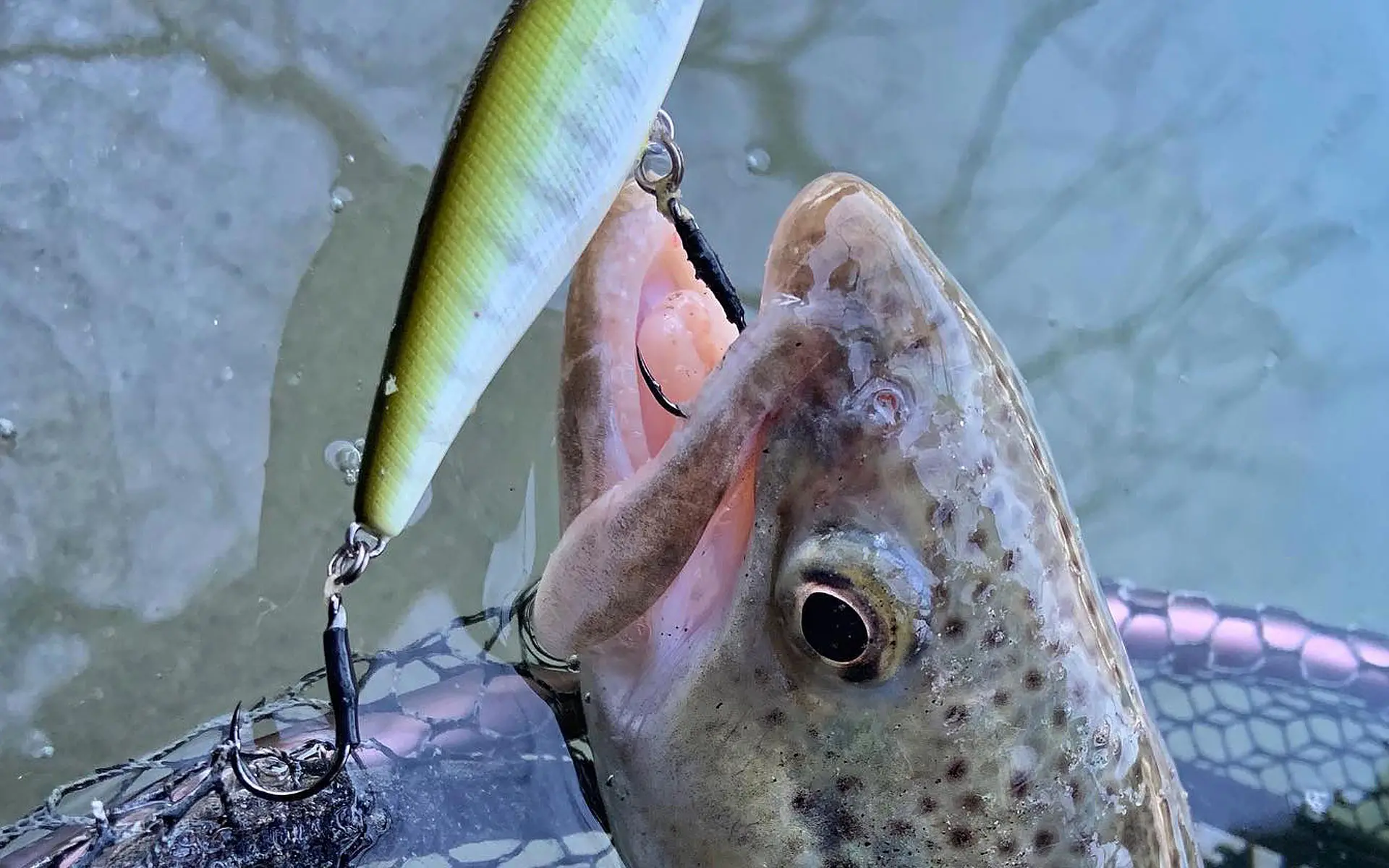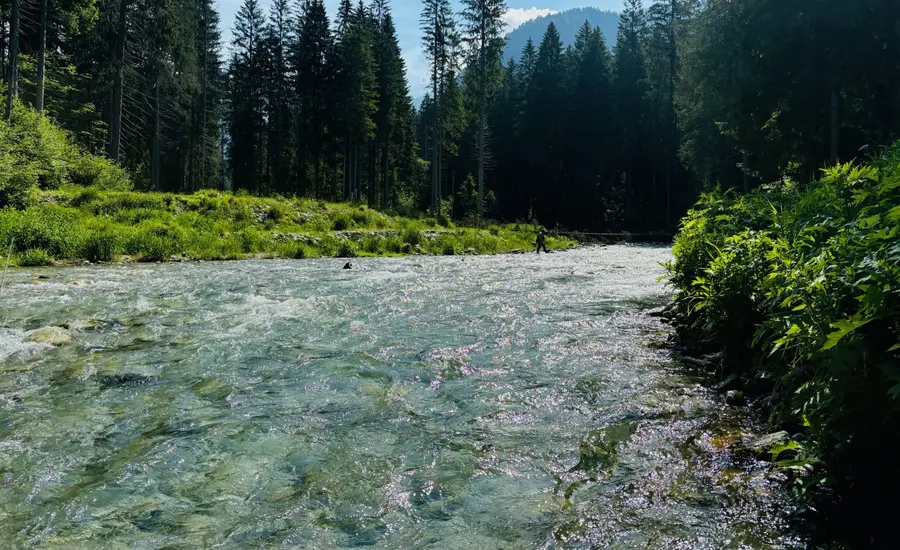Conservation and sustainable practices
Fly fishing is more than a sport — it's a way to connect with nature. With this privilege comes a responsibility: to protect the waters, fish populations, and ecosystems we enjoy. Responsible fishing practices ensure that future generations can experience the same beauty and thrill of fly fishing that we do today. Here's how you can fish sustainably and ethically, without compromising the health of our natural resources.Catch and release - do it right
Practicing catch and release is a cornerstone of sustainable fishing. But doing it correctly makes all the difference.- Use barbless hooks to reduce harm
- Minimize handling: wet your hands before touching the fish
- Keep the fish in the water as much as possible
- Avoid fishing in extreme temperatures, which can increase fish mortality

Respect seasonal closures and local regulations
Fishing rules exist for a reason. They protect spawning cycles and help maintain healthy fish populations.- Check local regulations before heading out
- Observe seasonal closures and size limits
- Use only permitted gear and techniques, especially in protected areas
Avoid overcrowded spots
Popular waters can suffer from overfishing and environmental degradation.- Seek out less-pressured locations
- Give space to other anglers — respect their experience
- Avoid wading in fragile habitats, such as spawning beds or delicate stream banks
Leave no trace
A responsible angler leaves the water better than they found it.- Pack out all trash, including tippet clippings and packaging
- Avoid using lead-based weights, which are toxic to wildlife
- Don’t disturb wildlife or remove natural materials (rocks, plants, etc.) unnecessarily
Promote education and stewardship
Being a responsible angler also means sharing your knowledge.- Introduce beginners to conservation-minded practices
- Support organizations that protect rivers and fish
- Stay informed about environmental challenges affecting your fishing waters — from water pollution to climate change
Final thoughts
Fly fishing and conservation go hand in hand. By adopting responsible fishing practices, you’re not only ensuring better fishing days ahead — you’re becoming a steward of the natural world. Every small choice counts, from how you handle a fish to where you choose to cast your line.Protect what you love. Fish responsibly.


